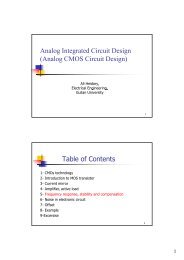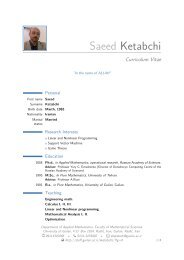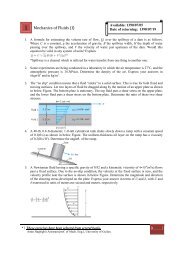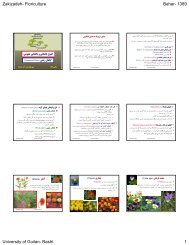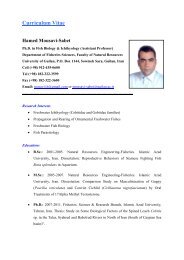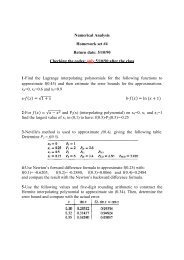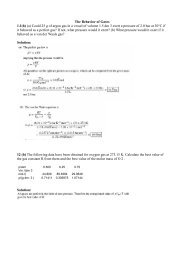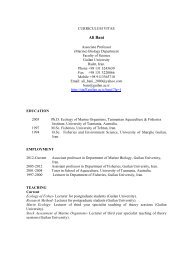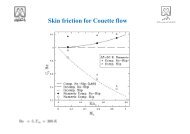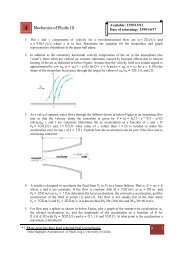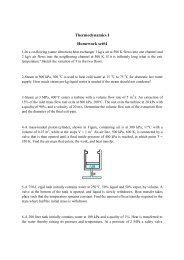Medical Tourism in Developing Countries
Medical Tourism in Developing Countries
Medical Tourism in Developing Countries
- No tags were found...
You also want an ePaper? Increase the reach of your titles
YUMPU automatically turns print PDFs into web optimized ePapers that Google loves.
96 ● <strong>Medical</strong> <strong>Tourism</strong> <strong>in</strong> Develop<strong>in</strong>g <strong>Countries</strong>Hav<strong>in</strong>g the advantages discussed <strong>in</strong> this chapter does not imply thatcountries face no obstacles <strong>in</strong> their promotion of medical tourism.To the contrary, there are numerous hurdles, both domestic and <strong>in</strong>ternational,that have to be overcome, circumvented, and otherwise dealt with(these are discussed <strong>in</strong> chapter 6). To the extent that a country hassucceeded <strong>in</strong> develop<strong>in</strong>g a medical tourism sector, it implies that its advantageshave offset the obstacles it faced.Advantage I: Competitive PricesThe ten countries under study are able to offer medical tourism services atcompetitive prices due to both micro and macro reasons. With respect tothe former, the low cost of production and the downward pressure on pricesdue to competition are crucial. With respect to the latter, the value ofnational currencies is relevant. In the ensu<strong>in</strong>g discussion, quality is assumedto be constant across providers.Low Cost of ProductionAccord<strong>in</strong>g to Vega, the quality of medical services across the world hasbecome similar and it is the price of services that constitutes the majordifference (such that countries that can provide comparable medical touristservices at lower prices have an advantage over those that can’t, assum<strong>in</strong>gconstant prices across providers of vacation and travel packages). 1 Whatexpla<strong>in</strong>s the price differences among medical tourism providers <strong>in</strong> develop<strong>in</strong>gcountries? Accord<strong>in</strong>g to Teh and Chu, it is differences <strong>in</strong> cost thatdeterm<strong>in</strong>e price differences. 2 Among these, costs of physical capital <strong>in</strong>putsand highly skilled labor are the most important, especially <strong>in</strong> <strong>in</strong>vasive anddiagnostic medical tourism.The dest<strong>in</strong>ation countries under study have managed to keep costs ofcapital and highly productive labor low relative to the more developed countries.How is this possible? How can these countries provide state-of-the-artmedical care at a fraction of the price charged <strong>in</strong> the West? The medicalservice that is sold to foreigners is built on a hierarchy of <strong>in</strong>termediate support<strong>in</strong>gservices whose value is added to create the f<strong>in</strong>al total cost. All services<strong>in</strong> poor countries are generally cheaper than <strong>in</strong> rich countries, as JagdishBhagwati noted <strong>in</strong> his study of service trade. 3 Moreover, these countries havebenefited from cost-reduc<strong>in</strong>g advances <strong>in</strong> medical technology. As discussedbelow, all are conduct<strong>in</strong>g research and development that provides more efficientmethods of production and adapts technologies to local contexts.F<strong>in</strong>ally, the medical tourism <strong>in</strong>dustry relies on local capital and labor <strong>in</strong>puts,





